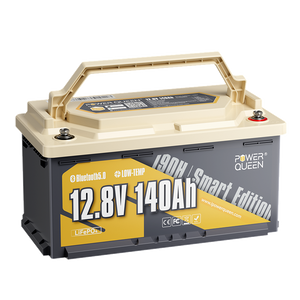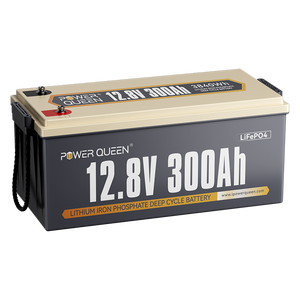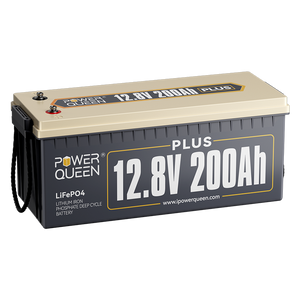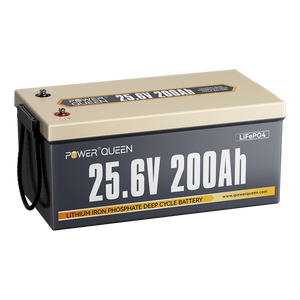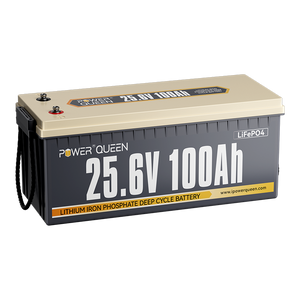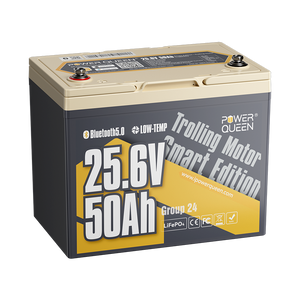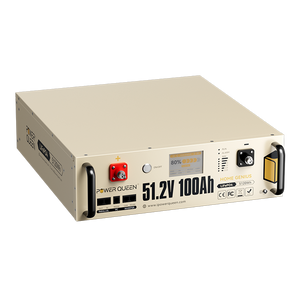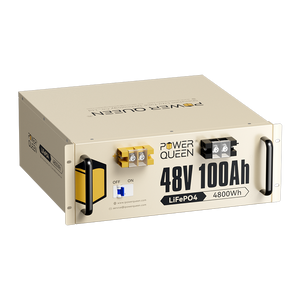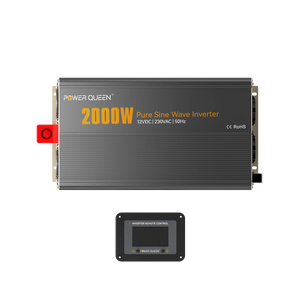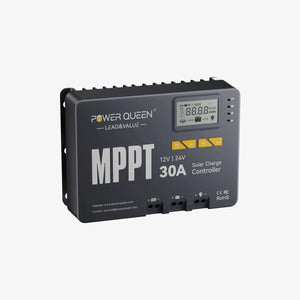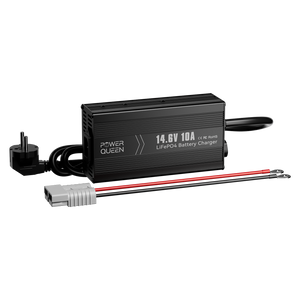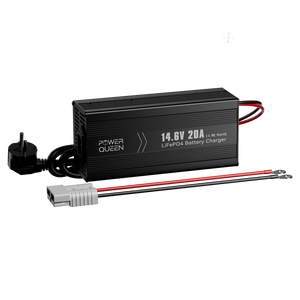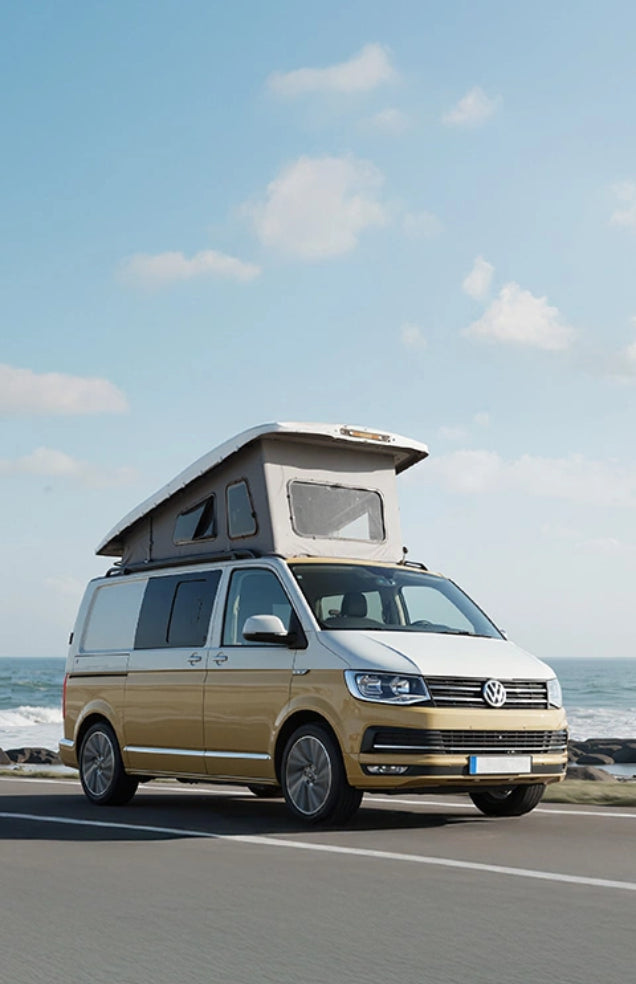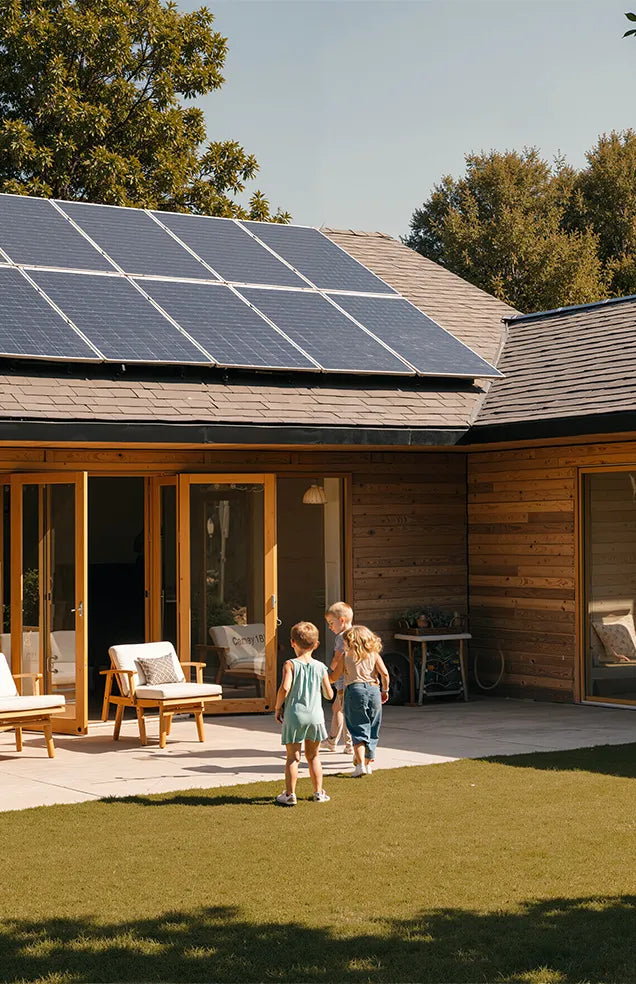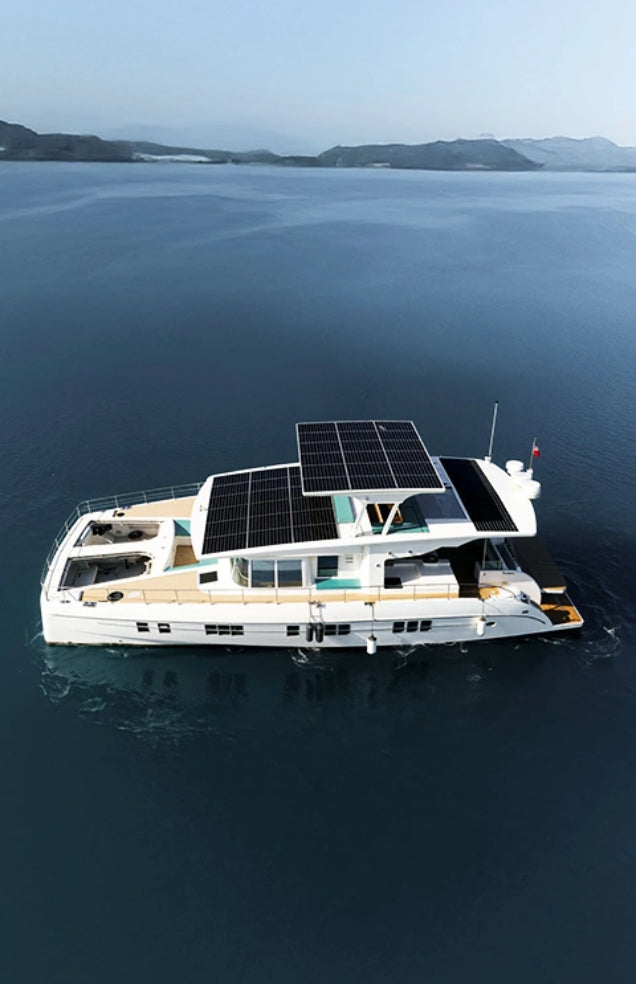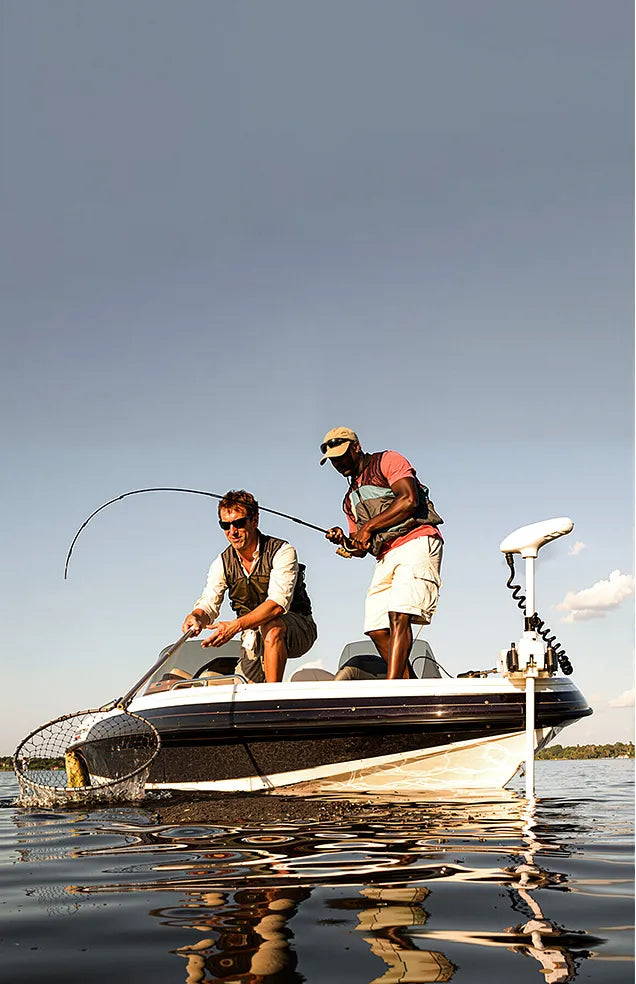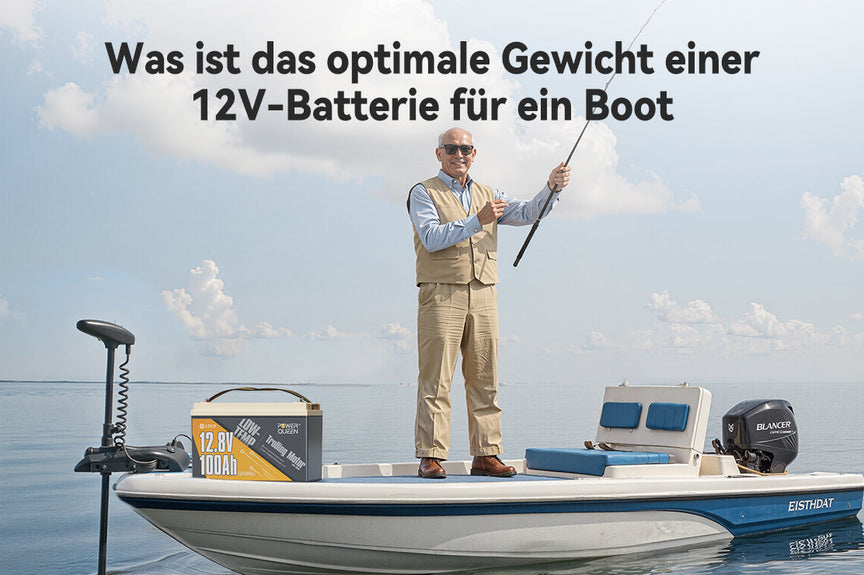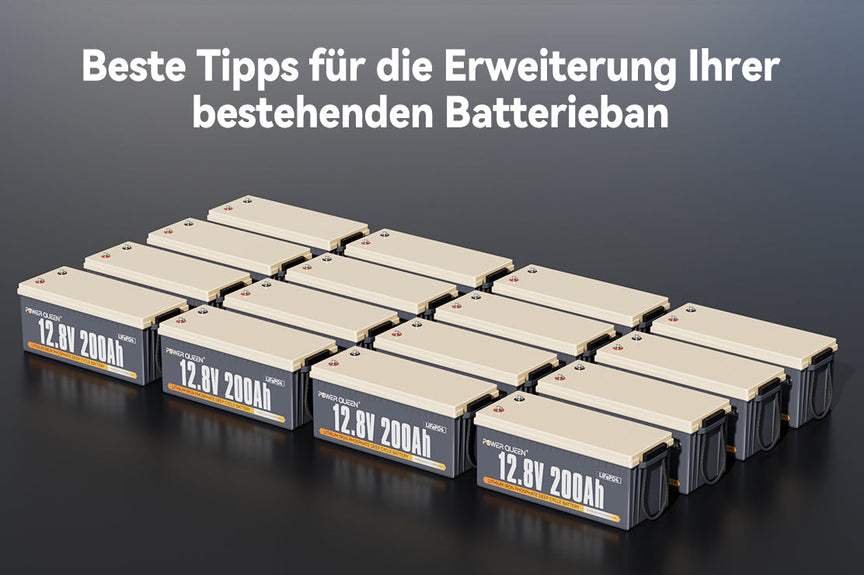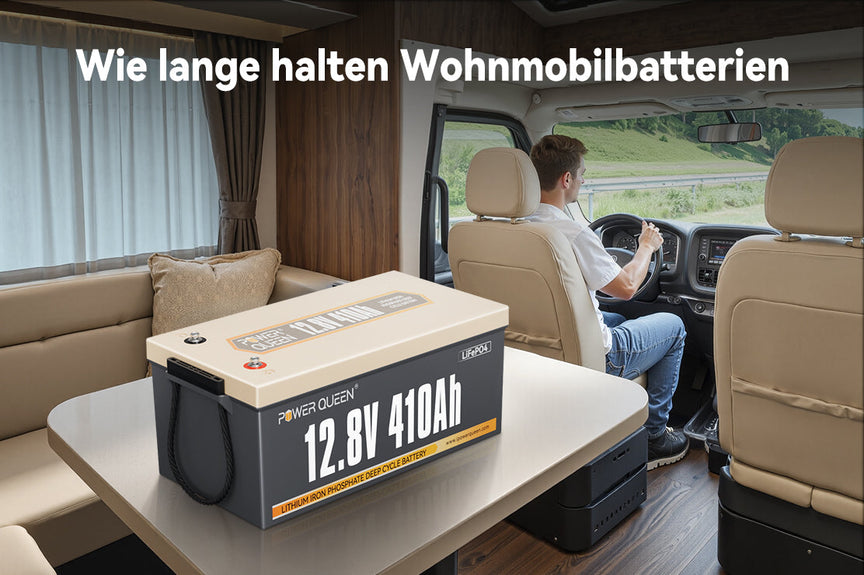Major upgrade and diet for our 2019 Off Grid Trailers Expedition Trailer -
After three years, it was time to replace our factory-installed deep-cycle batteries. We had always considered switching to lithium iron phosphate (Li), but we waited until we actually had to make the change. The advantages of Li batteries are too numerous to list. However, the two most significant benefits are weight savings and battery longevity. These batteries have a lifespan of 4,000 charge cycles! Even after 4,000 charge cycles, the battery should still be at least 80% charged.
We opted for a Power Queen LiFePO4 100Ah battery (PQ). If you live in a colder climate and plan to charge at lower temperatures, Self-heating batteries are now available. This battery was purchased directly from Power Queen. Shipping was fast and free!
Power Queen 12.8V 100Ah LiFePO4 battery, Built-in 100A BMS

Isn't she pretty?
Our original Renogy Rover MPPT solar charge controller, which we installed, is compatible with lithium batteries. We only needed to create a custom charging profile. This is well documented in the Power Queen manual.
Upgrade process:
The upgrade was quite straightforward. Electrical work doesn't scare us, especially not with 12-volt systems. We removed the factory-installed NOCO charger, as it wasn't compatible with lithium batteries. The 7-pin charging cable was also removed, since direct charging via the vehicle doesn't provide the correct voltage for a lithium battery. Instead, we're using the recommended 20Ah lithium charger from Power Queen. We replaced the alligator clips with an XT60 quick-connect plug, allowing the charger to be stored elsewhere and used only when needed.
Power Queen 14.6V 20A LiFePO4 Battery Charger

This charger can fully charge a completely discharged battery to 100% in 5 hours. We rarely expect the battery to be completely discharged.
The original deep-cycle batteries each weighed 62 pounds. This new PQ Li-ion battery weighs only 24 pounds! Since we generally don't run our refrigerator in the caravan, we didn't see any need to install two batteries. If we want, we can run an SAE extension cable from our 4Runner to the trailer to run the refrigerator using this new setup.

Testing the position and the charger
It's difficult to make the wiring look neat. There are four positive and negative wires that need to be connected directly to the battery. Everything else is on the BlueSea fuse block. A better inverter/charger could have been installed, but we rarely use ours. For us, the benefit would have been negligible.

Everything is reassembled. The quick-connect fitting for the charger is shown; a cap/cover will be needed when not in use. Yes, our trailer needs a bath!
We can't wait to try it out in practice. A quick 3-hour test, in which we ran our Truma refrigerator at 40 degrees Celsius for 3 hours, showed a battery discharge of 0.1 percent. We didn't connect an ammeter to get a more precise reading. An off-grid test is needed this weekend. Using our 100-watt panel, we conducted a quick solar charging test. The results were excellent. The battery didn't discharge while the refrigerator was running and even recharged to enter maintenance mode.Further testing is needed here too, but we shouldn't have any problem keeping this battery charged! We also have a 220-watt EcoFlow panel setup if required.
Conclusion
The battery cost was very competitive with a 100Ah AGM battery. The long-term costs are much lower, considering that most AGM batteries have a lifespan of around 300-500 charge cycles, depending on the brand/model. The greater discharge capacity of a lithium battery compared to an AGM battery also needs to be considered. The weight savings are always helpful, and the better discharge profile of a lithium battery is a big plus. We are in the early stages of planning an off-grid power supply for our cabin. This micro-setup will help us assess what we will need. We will likely start with two of these batteries connected in series to create a 24-volt system.
We will update this article with some updated figures once we have had the opportunity to operate this facility for a few days.
Affiliate disclaimer from 4xoverlandadventures
